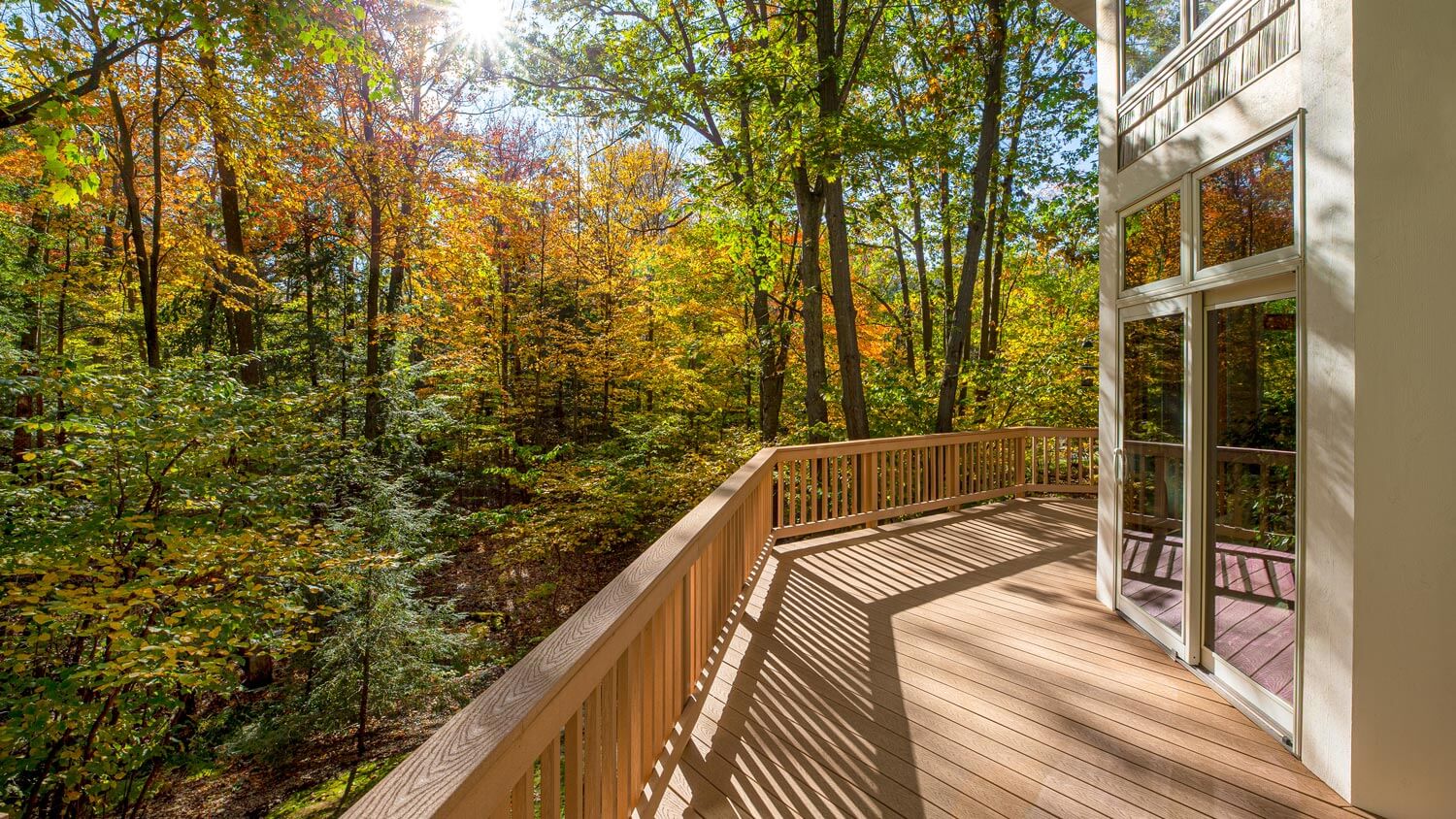6 Innovative Building Materials You'll Want For Your Next Project
These hot materials need to be on your renovation radar


Popular home building materials change with the season, and in recent years, there’s been a boom in the availability of more eco-friendly options like bamboo as sustainable construction grows. As we enter construction’s busiest season, here are some innovative building materials to ask your contractor about.
1. Luxury Vinyl Tile (LVT) Flooring

Over the last few years, luxury vinyl tile (LVT) has been used more and more. While not so much a tile as it is building materials of varying width that are laid down like hardwood, this slick, interlocking tile dominates the renovation marketplace. With its easy installation, wide range of finishes, looks, affordability, and durability for the abuses of modern life like pets and children, LVT is a great option for flooring in place of tile, carpet, or hardwood.
2. Hardie Board
Designed from a mix of fiber and cement, this utilitarian product is now used as a replacement for siding and trim boards on the exterior of homes. Because of Hardie board’s amalgam of concrete and fiberglass, it’s nearly impervious to the normal wear and tear of weather and the elements. Available in lap siding, planks, and other standard-option sizing that mirror traditional wood pieces, this alternative to wood is a good option if you’re building with a legacy in mind but with regular maintenance as an afterthought.
3. Trex Decking

Formulated from an admixture of plastic and sawdust, Trex hit the home remodeling marketplace with formidable force when it debuted. Wooden-specific decks have long been the bane of homeowners’ existence because it’s susceptible to rot and decay; this composite decking completely eliminates that possibility.
Now available in a multitude of finishes and colors, Trex dominates the outdoor flooring space—and for good reason. This easily workable material is now essential for a long-lasting deck.
4. Quartzite
Sold as an alternative to marble, granite, or soapstone, quartzite is a new-ish mixture of materials that have come to shake up the traditional world of countertops with an innovation. Using a flux of sandstone, quartzite is a super-heated version of cemented stone that can be formed into customized shapes, as desired.
With the same properties as the aforementioned material, it's commonly used in countertops because it withstands hot pans, knife scratches, and the general wear and tear that a modern kitchen can expect.
5. Bamboo

Bamboo, a sustainably produced wood product, has been popular for years as more homeowners look for eco-friendly products to use in renovation projects. With its ability to be grown quickly and manufactured into all manner of shapes, bamboo is one of the most innovative home building materials on the market today. As a flooring product, it lends itself to a clean aesthetic; as a wall panel or building material for a cabinet, it immediately infuses the space with bright, blonde tones of color.
6. Epoxy

A two-part mixture, epoxy is a great alternative for flooring or countertops. The cost to coat a floor with epoxy is on the more affordable end of the pricing spectrum, making it a top choice for the homeowner with budget in mind.
The mix, a versatile material that comes in multiple shades of color and texture will completely alter the reality of your surface. Care must be taken when dealing with this hazardous product, but the end result of a smooth, impervious surface is worth the effort. Using epoxy as a surface building material requires expert material handling skills and PPE, so read the instructions closely.





- Bathroom Remodeling
- Kitchen Remodeling
- Shower Installation
- Stair Installers
- Bathtub Installation
- Shower Door Installers
- Kitchen Design
- Bathroom Design Companies
- Storm Shelter Builders
- Pre-Made Cabinets
- Kitchen Refacing
- Bathtub Replacement
- Ceiling Tile Installation
- Suspended Ceiling Companies
- Residential Designers
- Stair Builders
- Remodel Designers
- Shower Enclosures
- Home Renovations
- Kitchen Renovations
- Garage Remodeling
- Grab Bar Installation
- Walk-In Tub Installers
- Tub to Shower Conversion
- Balcony Contractors
- 11 Types of Flooring to Consider for Your Home
- Pros and Cons Bamboo Flooring in Your Home
- The Best Flooring Options for Dogs: A Complete Guide
- Bamboo Flooring vs. Hardwood Flooring: Which One Is Right for Your Living Space?
- The Complete Glossary of Flooring Terms You Need to Know
- 5 Alternative Flooring Options for Your Basement
- What’s the Best Flooring for Bathrooms? Here Are 5 Durable Picks
- What’s the Best Flooring for Kitchens? Explore 10 Top Picks
- What Is the Best Tile for Bathroom Floors?
- 6 Types of Flooring Perfect for Basements and Bathrooms










